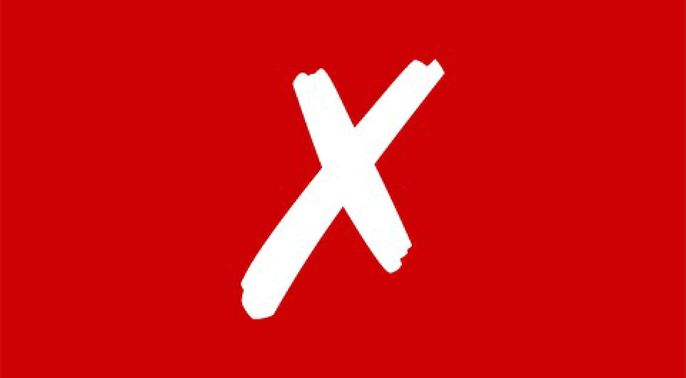What can be recycled?
All electrical and electronic equipment should be recycled. This includes:
These have their own disposal route.
Many electrical items contain hazardous components which must be disposed of appropriately. Many electrical items also contain rare metals which should be conserved.
Please Note
- IT equipment: IT equipment must be identified by its asset number for the asset register.
- Fridges (items with coolants): Coolants are classed as hazardous waste and need to be disposed of appropriately.
- Domestic fridges: Domestic fridges should be emptied and cleaned before submitting this form.
- Laboratory equipment: All laboratory equipment must be thoroughly decontaminated prior to being submitted for disposal and a suitably signed and completed decontamination certificate appended.
The standard College decontamination certificate plus supporting guidance may be found in the decontamination certificate and guidance notes.
At South Kensington, we aim to respond to requests within 3 days, however, it may take longer for unlisted items where we need to obtain a quotation for disposal.
Outside South Kensington Campus we are able to offer the same rate for disposal but as there is a significant charge for the contractor to attend site we can only arrange attendance when there are a number of items to be collected.
We have a small amount of space to accumulate most items for disposal but please bear in mind that large volumes or large items may need to be held in your department until the contractor calls.
It is imperative that items awaiting collection are not placed in corridors!
What is included?

Yes
- PCs
- Hard Disk Drives
- Monitors
- Servers
- Small appliances -
toasters,
kettles,
hairdryers,
radios,
fans etc - Medium appliances -
fridges,
microwaves,
washing machines,
tumble dryers,
televisions - Larger appliances -
chest or fridge freezers,
photocopiers or
printers - Lab equipment -
minus 180 fridges,
incubators,
heat plates,
heat guns,
vacuum pumps,
ovens,
centrifuges

No
- Asbestos containing materials
should be assessed by the Asbestos Manager - Scrap metal
Non-electrical / non-electronic items only - Batteries
- Lamps
- Printer cartridges
Waste hierarchy
What happens to this waste stream?
Reused 100%
Recycled 0%
Recovered 0%
Incinerated 0%
Landfilled 0%
Waste Electrical and Electronic Equipment (WEEE) waste stream
WEEE represents 3% of our total waste.
Your responsibilities
- There is a legal requirement to recycle electrical and electronic equipment.
- It is your responsibility to wipe data from any hard drives; however, our contractor will check and wipe them as a safeguard. All hard drives that cannot be wiped are destroyed.
The Data Protection Act says that:
- Appropriate technical and organisational measures shall be taken against unauthorised or unlawful processing of personal data and against accidental loss or destruction of, or damage to, personal data.
This is the seventh data protection principle. In practice, it means you must have appropriate security to prevent the personal data you hold being accidentally or deliberately compromised.
How do I arrange disposal of electricals?
- Complete the WEEE Disposal Form online.
Who removes them?
- At South Kensington Campus the Estates Facilities Support Team will collect the items wherever possible.
- Elsewhere, Noonan will collect the items wherever possible.
- Large objects or large numbers or items will usually be collected by the contractor from point-of-use.
What happens then?
- Hazardous materials are identified and processed appropriately.
- Equipment is assessed for quality, data is erased, and remarketed where possible.
- Remaining items are shredded and resulting materials are recycled.
How green is this waste stream?
- Everything is put to good use.
- By recycling we reduce our need for raw materials, reduce our reliance on fossil fuels and reduce our carbon footprint.
- You are helping to protect and improve the environment.
